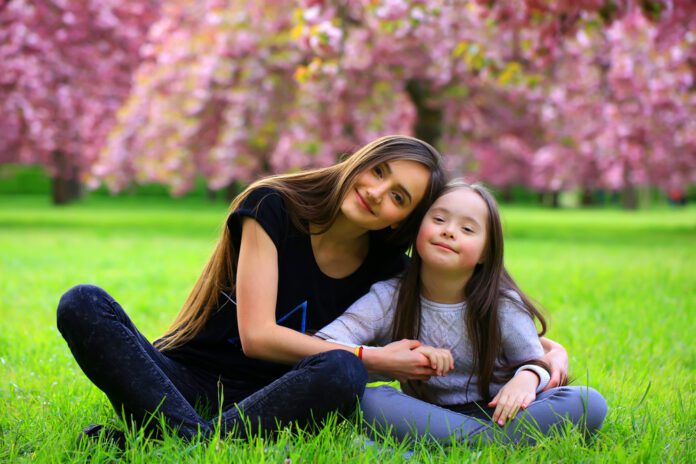What does it mean to be kind? According to the dictionary, the word kind is defined as a sympathetic or helpful nature. The act of kindness can mean different things to different people. Kindness may be displayed through acceptance, consideration, empathy, favors, generosity, gestures, good deeds and countless other acts.
Established in 1988, Be Kind to Humankind Week is a worldwide celebration of kindness held annually from August 25-31. Sadly, because of misinformation and misunderstanding, people with disabilities are often not thought of as equals or valued members of the human race. That’s why observances like this can serve as a reminder to society that we’re all human – with or without disabilities – and everybody deserves kindness. People with disabilities constitute the nation’s largest minority group. So maybe offering up a little kindness to this key population can have a big effect on humanity. It’s worth a shot, right?
Here are 15 ways to show kindness to people with disabilities:
1. Offer a simple, kind gesture.
It’s easy to spread negativity – consciously and subconsciously. But, as it turns out, promoting positivity and kindness isn’t that hard either. 1-in-4 U.S. adults (or about 61 million Americans) have a disability that impacts major life activities, according to the CDC. With mental illness and invisible disabilities on the rise, perhaps the statistics of people living with disabilities are even greater than cited. Therefore, if you just think about the numbers alone, the likelihood that you engage with a person with a disability (daily, occasionally or whatever) is probable. Showing kindness to people with disabilities should be no different from any other typical thoughtful socialization. Offer a smile, say hello, be courteous, offer a compliment and, in general, be a kind human to all human beings.
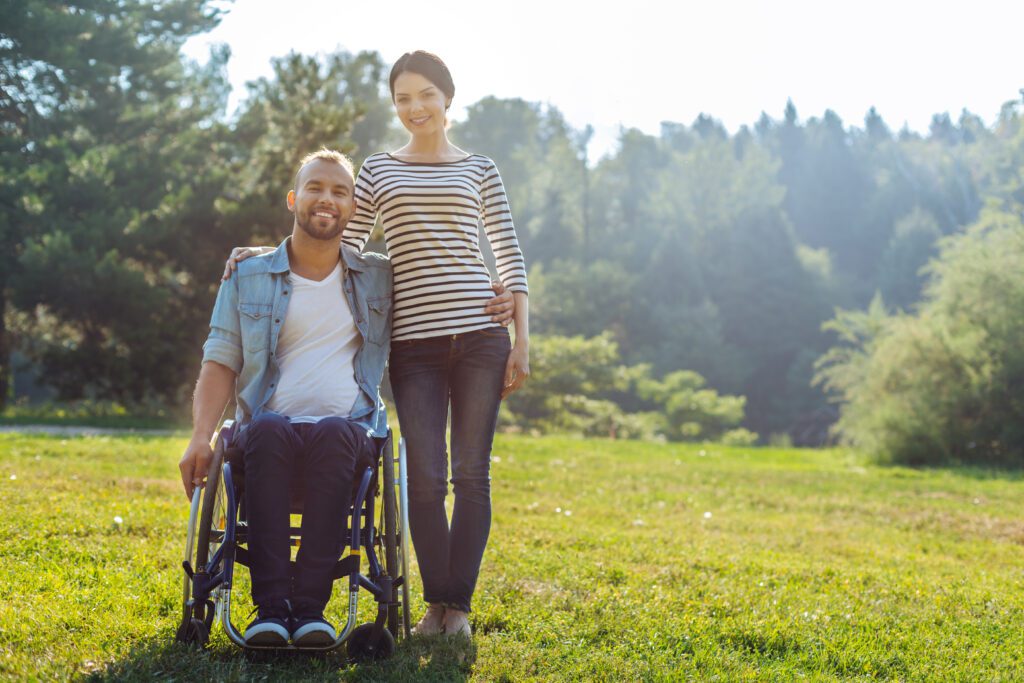
2. Kindly put people first.
The movement of disability pride is growing but, of course, disability is not the only identity a person has. It is advised that the community-at-large practice “person-first language,” meaning a “person with a disability” versus a “disabled person.” Note that the person, not the disability, comes first. However, language within different sectors of the disability community isn’t always consistent. Sometimes “disability identity language” is acceptable; such as “diabetic person” likely won’t offend even though the disability is cited before the person. Confused? Well, people with disabilities usually don’t mind being asked for guidance or preferences. Overall, be cautious of using outdated, offensive terms.
3. Kindly skip the labels…
The use of either extreme praise or negative labels inevitably over-emphasizes one aspect of a person’s life; again, making a disability the primary factor. It should come as no surprise that some people do not like to feel pitied for or victimize by their disability (i.e. “It must be hard being a ‘stroke victim’”). On the flip side, people shouldn’t continually be put on a pedestal for living their typical life (i.e. “You’re so brave for trying that despite your disability. You’re my hero”). People with disabilities are equal members of society.
4. Don’t make unkind assumptions.
There’s no shortage of misconceptions when it comes to people with disabilities. For example, the connection between wheelchair use and illness may stem from healthcare facilities customarily using wheelchairs to transport patients. But, in any setting, a person may use a wheelchair for a variety of reasons, none of which connect to being sick. Perhaps the old saying, ‘You can’t judge a book by its cover’ is spot on when it comes to members of the disability community… well, all humans. And, of course, some disabilities are invisible too. This quote comes to mind: Be kind always, for everyone you meet is fighting a battle you know nothing about.
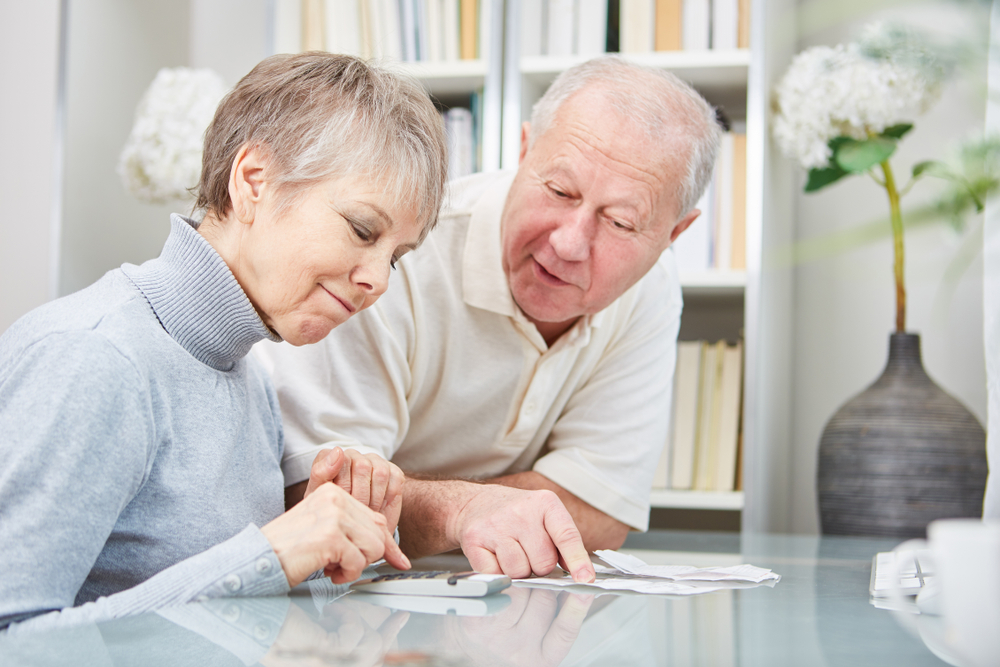
5. Never talk down to a person with a disability.
Kindly talk to people with disabilities in the same manner as you would anyone else. Make eye contact and speak in your normal tone of voice (not shouting). Regardless of ability level, no one wants to be treated like a child or patronized. Do speak directly to the person, rather than to an aide, caregiver or translator. And while their service animal may be adorable, it’s best not to engage with service animals unless permission is granted.
6. Respect personal space.
Consider disability equipment to be extensions of a person’s body. You wouldn’t push someone’s body that didn’t have a disability, and the same applies to disability devices; meaning don’t push someone’s wheelchair without asking first. Refrain from touching a cane, crutches, hand-held translator, oxygen tank, scooter, walker or other aid/tool.
7. Kindly ask before assisting.
Have you ever heard, “Here, let me help you!” Assertive helpers who frantically rush to assist without asking are trying to be kind. But, sometimes, that potential helper doesn’t realize the assumption of need is a bit unkind. People with disabilities are extremely independent; others may be adapting to a disability and find it beneficial to do things for themselves. If you’d like to offer a kind hand, just ask first, such as “May I help you with that?” And don’t take offense if the answer is no.
8. Understand that teachable moments are kind, not awkward.
Children, especially those not accustomed to diversity, have a natural, uninhibited curiosity. Little ones may ask a parent, “Why is that person in a wheelchair?” Some parents may uncomfortably react by hushing their child. This silencing makes disability feel taboo, rather than normalizing unique differences. Parents can kindly opt for teaching moments with simple, age-appropriate explanations, such as “Everyone is different. This person uses a wheelchair rather than legs to move around.”
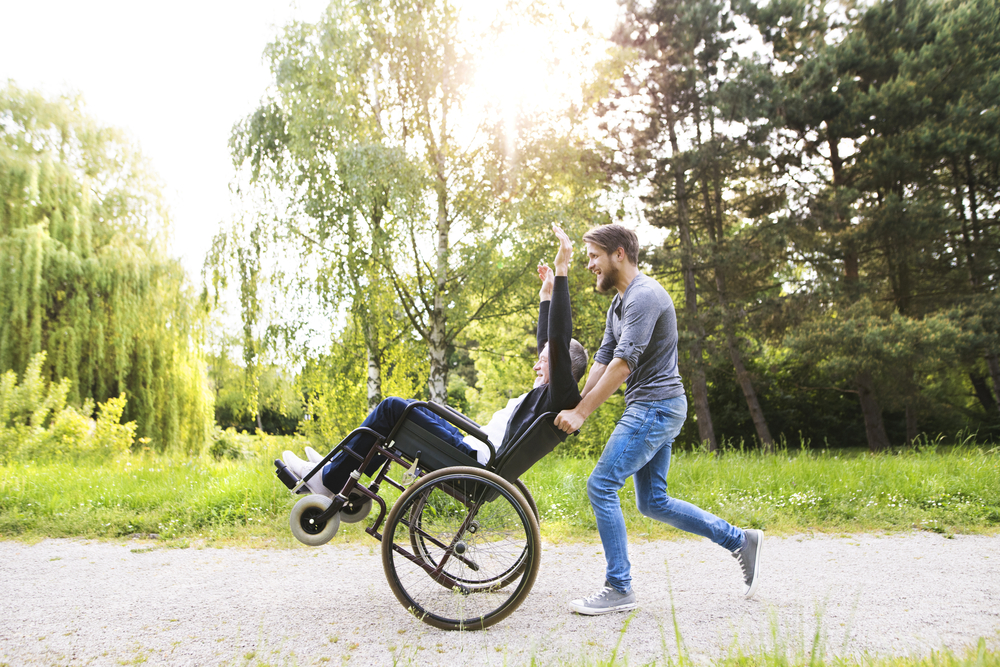
9. Don’t be intrusive.
In case it needs to be said again, treat people with disabilities the same way you’d treat any non-disabled person! You likely wouldn’t ask most people a very personal question or comment on their body or relationship. There’s no need to unnecessarily ask interabled or disabled couples about the personal workings of their relationship, or how any body part does or doesn’t function. Being respectful is kind.
10. Find commonalities before thinking about differences.
All humans can get hung up on differences. But people have so much more in common than they realize, regardless of ability level. Just like people without disabilities, members of the disability community have families, jobs, hobbies, favorite foods, preferred entertainment genres, play sports and so on. We all have varying likes, dislikes, personalities, backgrounds, etc. – with and without disabilities. Kindness can help all types of people make connections and identify similarities, regardless of physical, emotional or spiritual differences.
11. Listen with compassion.
Sometimes friends vent to each other. That doesn’t mean that people with disabilities are necessarily looking to have every barrier solved for them. Listen, hear, validate. Avoid unnecessary and inapplicable comparisons. For example, maybe you temporarily used a wheelchair when you broke a limb, but that doesn’t mean you understand what a friend adapting to amputation is feeling. A supportive ear is kind.
12. Support a disability-serving charity.
Kind people give without expecting anything in return. You can support the disability community by donating (time, funds, resources and more) to further the mission of a disability-focused organization. Advocacy, volunteerism and fundraising kindly makes a difference!
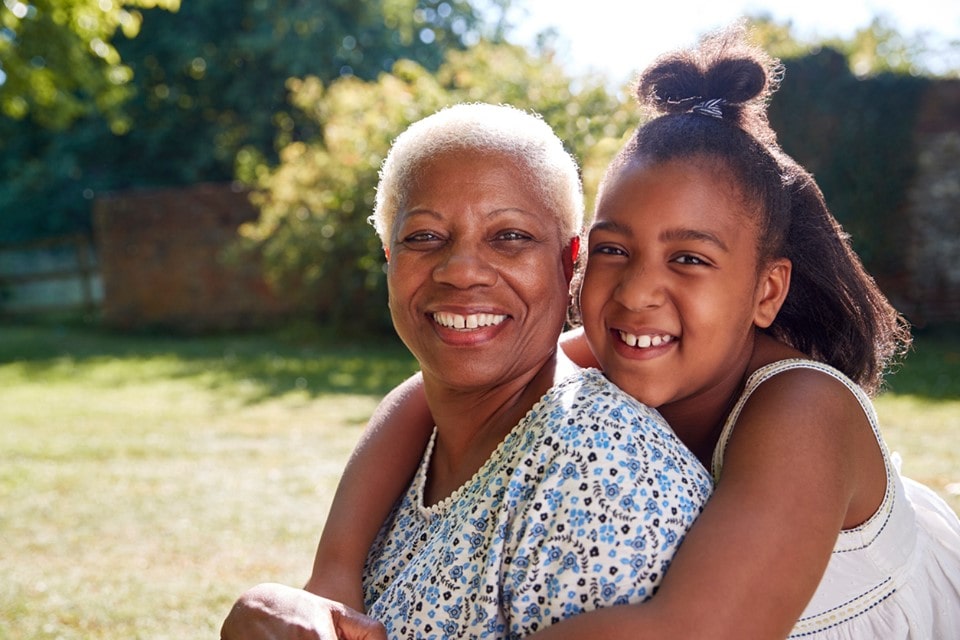
13. Be a disability ally.
Inclusion is a true example of kindness. Speak up when you hear others use discriminatory words against persons with disabilities. Advocate for accessible workplaces, schools and public places. Invite people with disabilities into your life, and kindly enter theirs.
14. Just park it legally!
Accessible parking spaces are designed to meet the needs of people with disabilities. Those who chose to illegally use or partially block an accessible parking spot impede upon access rights of others. Yes, this remains an unfortuate issue!
15. Kindness is grace (to yourself and others).
No human — with and without disabilities — is perfect. Isn’t it kind to offer ourselves and others a bit of grace? Because humans make mistakes, we all struggle. All humans can display kindness to ourselves and others in how we respond to challenges and victories. This means kindly educating ourselves and others about diversity and inclusion, thinking before speaking, compassionately welcoming and/or forgiving before seeking revenge and, in general, offering kindness and patience to all humankind.
At AmeriDisability, kind people are our kind of people! This article emphasizes the basic premise that showing kindness to people with disabilities should be no different from displaying kindness to any other member of society. How will you be kind to humankind today?




